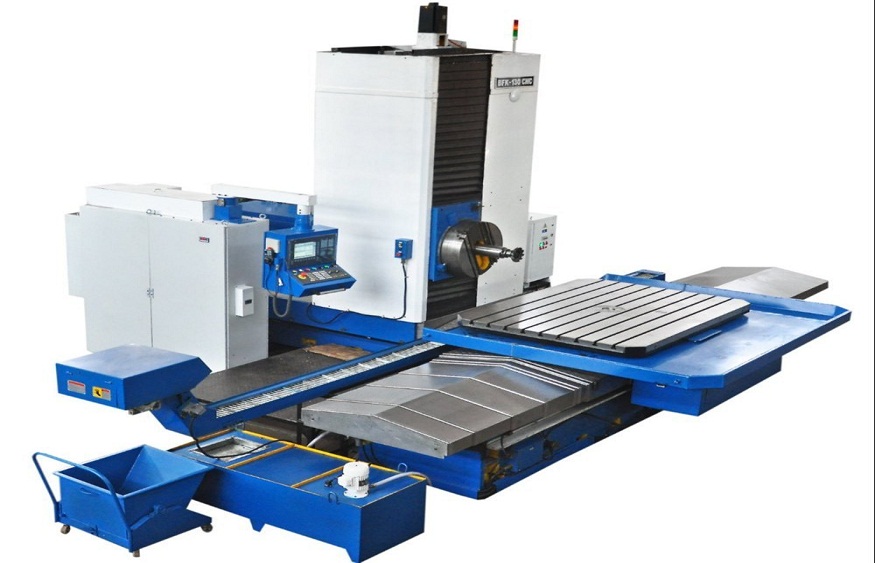Although your outdated laptops, cell phones, and other electronics may appear to be nothing more than junk, they are actually full of useful resources that are just waiting to be discovered. Electronic components employ precious metals, including gold, silver, platinum, and palladium, due to their dependability, conductivity, and resistance to corrosion. These metals may be recovered from electronic trash through precious metal recycling, which has advantages for the environment and the economy. We’ll examine the realm of precious metal recycling and the hidden worth found in your devices in this post.
1. Comprehending Electronics Using Precious Metals
Tiny quantities of precious metals can be found in circuit boards, connections, switches, and contacts, among other parts of electronic gadgets. Because of its superior conductivity and resistance to corrosion, gold is frequently used in connections and circuit boards. While platinum and palladium are utilised for their catalytic qualities in catalytic converters and some electronic components, silver is also employed for its conductivity.
2. The Recycling Process
Gathering: Gathering electronic garbage, or “e-waste,” is the first stage in recovering valuable metal from devices. Old cell phones, laptops, tablets, desktop PCs, and other electronic gadgets might all fall under this category. To make it easier to dispose of and recycle electronic gadgets properly, several nations have set up e-waste collection facilities or recycling initiatives.
Sorting and Disassembly: After being gathered, the e-waste is separated from non-metallic items by sorting and disassembling it. Glass, plastics, and other materials are transported for recycling or disposal, and circuit boards, connections, and other metal-containing elements are separated for additional processing.
Processing and Recovery: Precious metals are extracted from the sorted metal-containing components by processing. To reduce the components’ size, mechanical techniques like grinding and shredding are usually used. Once the valuable metals are extracted from the substrate, they are dissolved and recovered via chemical methods like smelting or leaching.
Refining: The recovered metals go through this process to eliminate any impurities and purify them after extraction. Depending on the type of metals being handled, refining techniques may include electrolysis, precipitation, or distillation. After that, the refined metals are prepared for sale to producers or other purchasers.
3. Environmental Benefits
Recycling precious metals from gadgets has a big positive impact on the environment. By recycling e-waste, we can lessen the quantity of electronic garbage that ends up in landfills, where it might leak harmful materials into the environment. Recycling also helps preserve natural resources by lowering the need for new precious metal extraction and mining.
4. Financial Prospects
Recycling precious metals has financial advantages in addition to environmental ones. The value of the precious metals extracted from e-waste may be significant, giving recyclers a source of income and aiding in the cost-reduction of their operations. As a result, the recycling sector experiences employment development and economic stimulation.
5. Encouraging the Circular Economy
Recycling precious metal from devices helps uphold the circular economy’s tenets by preserving valuable materials and lowering dependency on virgin resources. Using recycled metals to create new electronics can also close the loop and reduce trash output.
Conclusion
Keep in mind that your gadgets have hidden worth the next time you replace your outdated laptop or improve your smartphone. Recycling precious metals is a viable way to recover valuable metals from technological trash, lessen the impact on the environment, and generate income. Recycling your outdated electronics helps the circular economy and responsible resource use, in addition to making the environment cleaner.



